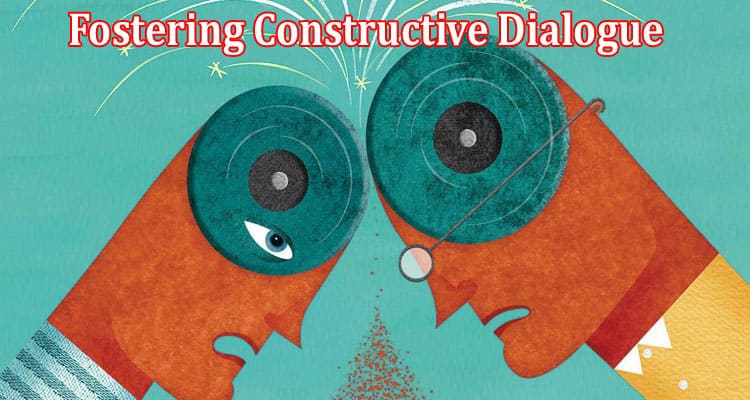Fostering Constructive Dialogue on Pro-Life and Pro-Choice Issues in the Classroom
You can hardly find a topic as controversial as pro-life and pro-choice discussions. Every day, we see people advocating ideas supported by various religious, moral, and political reasons. One might argue that the problem is “too much talking and little listening”. This is why reaching a single answer is so difficult. Many people are simply reluctant to engage in a debate.
But there is an even more challenging task. And that’s creating an educational environment that can foster respectful conversations. The best practice is starting a dialogue by understanding different perspectives and attitudes toward abortion.
How To Create an Inclusive Classroom Environment
Creating an open and inclusive setting is the most essential responsibility of teachers. Here are some tips for developing an inclusive classroom culture:
#1 Try Vicarious Learning
Nothing beats hands-on experience! But direct learning is not always preferable. Instead, we can offer students a way to interact with different viewpoints. For instance, analyzing the abortion essay examples collected by GradesFixer is a great place to start. Essentially, these essays about abortion can serve both as a source of inspiration and education.
The diversity of essays on the website makes it an excellent choice for complex topics. Plus, these essay examples are perfect ways to learn how to better articulate our thoughts. This helps students prepare for contentious issues both inside and outside the classroom.
#2 Promote Respectful Conversations
Mutual respect is often the missing factor in pro-life and pro-choice discussions. Holding respectful dialogues is a skill that we can only learn through continuous practice. And schools or other educational institutions are the best place to start. So make sure to emphasize active listening and discourage judgmental language.
#3 Encourage Participation
Listening to other people’s opinions is important. It is equally crucial to learn how to engage in a discussion and share our thoughts with others. You can find tons of educational materials to teach a student about logical reasoning. But don’t forget to provide them with a safe space to use their skills as well.
#4 Encouraging Empathy and Understanding
In pro-life and pro-choice discussions, it is crucial to relate to people from all walks of life. Empathy helps us put ourselves in others’ shoes and view the world from their perspective. This also allows us to understand the sociological contexts of abortion and cultivate a more holistic view of the issue.
Studies show that feeling understood by peers can lead to educational success and social growth. Developing a sense of compassion allows students to appreciate various opinions. It also helps them see the relationship between individual rights and societal values.
Abortion Debates Unveiled: Understanding the Complexity of the Debate
You can approach abortion from various perspectives. Political viewpoints might suggest something that contradicts religious ideas. This multifaceted nature of abortion makes it dissimilar to many other issues we deal with in the classroom setting. Still, we need to find a place for such contentious issues during primary education or after.
More often, we are concerned with teaching students how to get the right answer. In this case, the learning process is all that matters. Our job is to introduce our students to scientific research and other resources. This gives them an opportunity to learn at their own pace and develop critical skills.
Offering a platform for constructive dialogue about abortion also helps society in general. We can learn how to explore sensitive topics without entering endless arguments. In short, schools can be role models for an all-inclusive and visionary society.
Bottom Line
When an issue turns into a topic of hot debate, it’s hard to remain impartial. It’s even harder to take a step back and understand how others conceptualize the problem. Such partisan debates usually leave little room for empathy and mutual understanding. Yet, these are the only factors that can keep a safe and productive environment for social debates.
Our responsibility is to nurture such an environment in the education industry. We should let students engage in conversation, share their opinion, and respect diversity. Only through constructive dialogues can students learn to navigate the controversial world of ideas.




